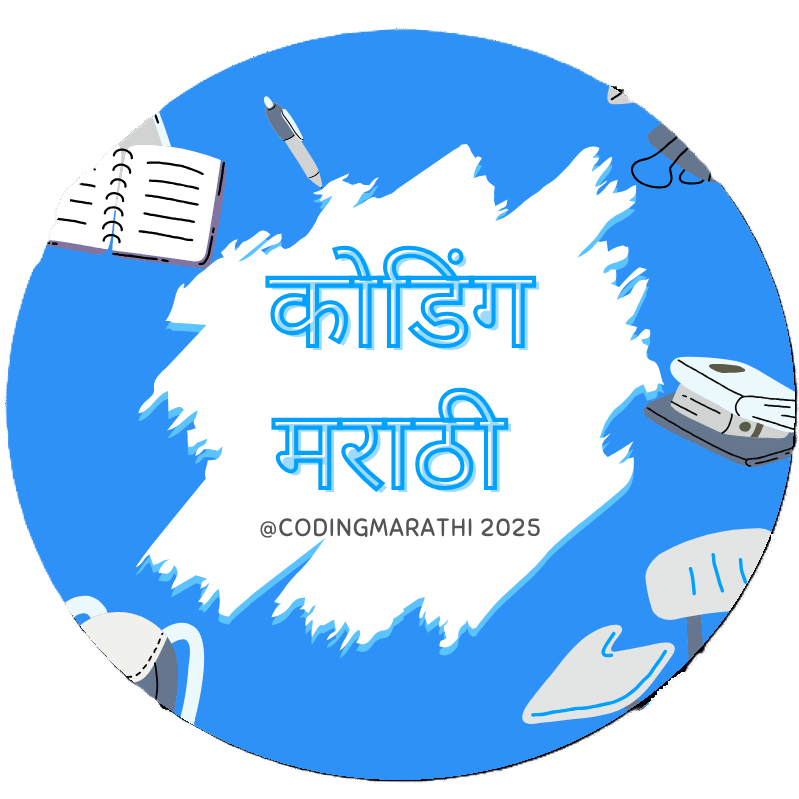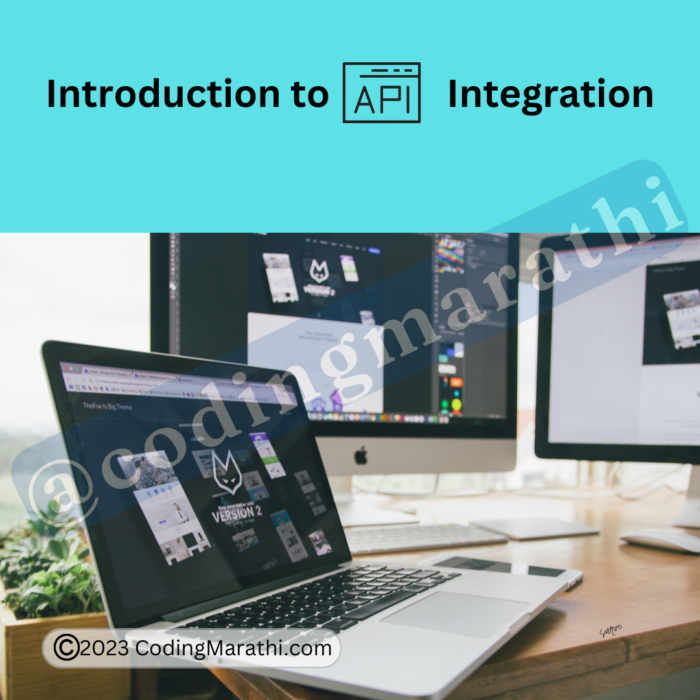A Comprehensive Guide on Getting Started with APIs
Introduction to API Integration with our comprehensive guide. Learn the fundamentals and introduction to API integration, discover how to get started, and unlock their potential for seamless data exchange and enhanced functionality. Discover the power of API integration and take your development skills to new heights.
Introduction:
APIs, or Application Programming Interfaces, have become an integral part of modern software development. They allow different applications to communicate and exchange data, enabling developers to leverage existing functionality and services in their own projects. Understanding how to effectively use APIs is essential for developers who want to create robust and interconnected applications.
In this guide, we will explore the world of APIs and provide you with the knowledge and tools to effectively use them in your projects. Whether you are a beginner or an experienced developer, this guide will take you through the fundamentals of API usage, best practices, and practical examples. By the end, you will have a solid understanding of how to harness the power of APIs and enhance your development capabilities. Let’s dive in! Introduction to API Integration
What is an API?
An API, or Application Programming Interface, is a set of rules and protocols that allows different software applications to communicate with each other. It defines the methods and data formats that applications can use to exchange information. APIs can be used to access functionality or services provided by many applications. These application can be retrieving data from a database, making payments, or integrating with social media platforms.
How to Learn about APIs :
Learning about APIs can seem overwhelming, but with the right resources and approach, it can be an exciting and rewarding journey. Here are some steps you can take to start learning about APIs:
- Understand the Basics: Familiarize yourself with the concepts and terminology related to APIs. What is HTTP, REST, JSON? with this fundamental concepts.
- Explore Documentation: API documentation is a valuable resource that provides information about the available endpoints, request/response formats, authentication methods, and more. Many popular APIs have comprehensive documentation that can guide you through their functionality and usage.
- Online Tutorials and Courses: There are numerous online tutorials and courses available that can help you learn about APIs. Platforms like Udemy, Coursera, and freeCodeCamp offer courses specifically focused on API development. These resources provide step-by-step guidance, hands-on exercises, and real-world examples to deepen your understanding.
The prerequisites for learning APIs include having a basic understanding of programming concepts and proficiency in at least one programming language. Familiarity with web technologies such as HTML, CSS, and JavaScript can be beneficial since APIs are widely used in web development.
Languages Introduction to API Integration Development:
APIs can be developed by using various programming languages. Some popular languages for API development include:
- Python: widely used for API development, is known for its simplicity and readability. It has rich libraries and frameworks, such as Flask and Django, that make API development easier.
- JavaScript: With the rise of Node.js, JavaScript has become a popular choice for API development, especially for building RESTful APIs. Libraries like Express.js provide a simple and efficient way to create APIs using JavaScript.
- Ruby: Ruby on Rails, a popular web development framework, provides a seamless way to develop APIs using the Ruby programming language. It follows the principles of convention over configuration, making API development straightforward.
- Java: Java is a widely-used programming language for building robust and scalable APIs. It has a rich ecosystem of libraries and frameworks like Spring Boot and JAX-RS that simplify API development in Java.
- PHP: PHP is a server-side scripting language that is often used for web development, including API development. Popular frameworks like Laravel and Symfony provide convenient tools for building APIs in PHP.
- Go: Go, also known as Golang, is a modern programming language developed by Google. It has gained popularity for its simplicity, performance, and built-in support for concurrency, making it a suitable choice for developing APIs.
Getting Started:
To initiate API development, the first step is to set up your development environment. This typically involves installing the necessary tools, such as a code editor, a version control system like Git, and a web server if you’re building a web API.
Once you have set up your environment, let’s begin writing code to create your API. You’ll define endpoints, handle requests, and send responses. Libraries and frameworks specific to your chosen language can help simplify this process by providing built-in functionality for handling common API tasks.
Sample Code: Introduction to API Integration development, here’s a simple example using Python and Flask framework:
Python Code:
from flask import Flask, jsonify
app = Flask(__name__)
@app.route('/api/hello', methods=['GET'])
def hello():
return jsonify({'message': 'Hello, World!'})
if __name__ == '__main__':
app.run()
In this example, we define a Flask application and create an endpoint /api/hello that returns a JSON response with a greeting message.
Running and Testing the API with Postman: Once you have the code for your API, you can run it locally on your machine. Here’s how you can run the Flask API example mentioned above:
1. Save the code in a file named app.py.
2. Open your command line or terminal and navigate to the directory where you saved the file.
3. Run the following command to install the necessary dependencies (Flask in this case):
Copy code:
pip install flask4. Execute the following command to start the server:
python app.py You should see output similar to:
Running on http://127.0.0.1:5000/ (Press CTRL+C to quit)5. Now, open Postman and create a new request.
6. Set the request URL to http://localhost:5000/api/hello and choose the HTTP method as GET.
7. Click the “Send” button to make the request.
You should receive a response from the API in the Postman interface, containing the JSON message {"message": "Hello, World!"}.
By following these steps, you have successfully written a simple API using Flask, run it locally, and tested it using Postman. This is just a basic example, but it demonstrates the process of writing API code, running it on a local server, and interacting with it using Postman.
Testing Your API:
“The Postman Postman is a popular tool used for testing and debugging APIs” . It provides a user-friendly interface to send HTTP requests to your API endpoints and inspect the responses. You can easily create requests, add headers, parameters, and payload data, and view the responses in a formatted and organized manner. Postman is a valuable tool for API development and allows you to ensure that your API is functioning correctly.
In conclusion, APIs play a crucial role in modern software development. They enable different applications to work together, exchange data, and provide enhanced functionality. By understanding the basics of APIs, exploring documentation, and practicing with real-world examples, you can master the art of API development and leverage the power of interconnected applications in your projects. This was Introduction to API Integration
Books to refer:
- “Web API Design: Crafting Interfaces that Developers Love” by Brian Mulloy
- Link: Web API Design
- “RESTful API Design: Best Practices in API Design with REST” by Masse, Kugelmann, and Daigneau
- Link: RESTful API Design
- “APIs: A Strategy Guide” by Daniel Jacobson, Greg Brail, and Dan Woods
- Link: APIs: A Strategy Guide
- “Building APIs You Won’t Hate” by Phil Sturgeon
- “API Security: How to Implement OAuth 2.0, OpenID Connect, JWT, JWS, and JWE” by Prabath Siriwardena
- Link: API Security

